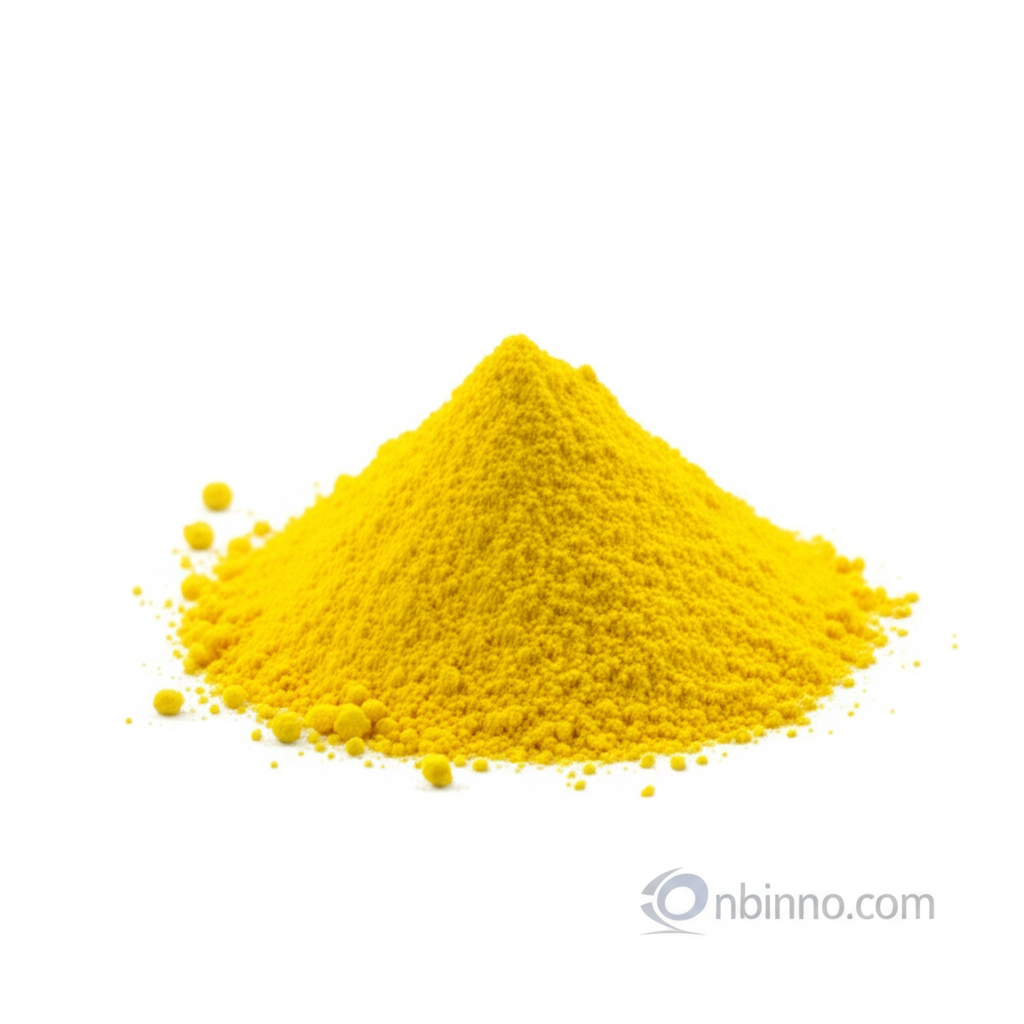Bis(2-methoxyethyl) diazene-1,2-dicarboxylate: A Key Reagent in Organic Synthesis and Peptide Chemistry
Discover the utility of Bis(2-methoxyethyl) diazene-1,2-dicarboxylate, a vital component for advanced chemical research.
Get a Quote & SampleProduct Core Value

Bis(2-methoxyethyl) diazene-1,2-dicarboxylate
This compound is a highly valuable reagent in the field of organic synthesis, particularly recognized for its role as a building block in complex chemical transformations. Its specific chemical structure and properties make it an indispensable tool for researchers engaged in developing new molecules and improving existing synthetic pathways.
- Explore the chemical properties of Bis(2-methoxyethyl) diazene-1,2-dicarboxylate reagent to optimize your synthetic strategies.
- Utilize this high purity organic synthesis compound for reliable and reproducible results in your laboratory.
- Understand the applications of diazene dicarboxylate derivatives in advancing chemical research.
- Source this essential building block for peptide synthesis to accelerate your drug discovery efforts.
Key Advantages
Enhanced Synthesis Efficiency
Leverage the unique characteristics of this Bis(2-methoxyethyl) diazene-1,2-dicarboxylate reagent to achieve greater efficiency in your organic synthesis workflows.
Reliable Building Block
Trust in the consistent quality of this high purity organic synthesis compound for all your research and development needs.
Versatile Chemical Applications
Discover the broad potential of diazene dicarboxylate applications across various scientific disciplines.
Key Applications
Organic Synthesis
This chemical reagent is instrumental in facilitating a wide range of organic synthesis reactions, contributing to the creation of novel compounds.
Peptide Synthesis
As a crucial building block for peptide synthesis, it aids in the construction of complex peptide chains, vital for pharmaceutical research.
Chemical Research
Researchers benefit from its availability and well-defined properties for exploring new frontiers in chemical science.
Material Science
The compound's unique structure may lend itself to applications in material science, paving the way for innovative material development.
